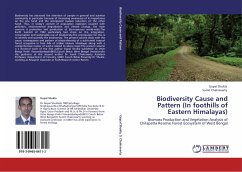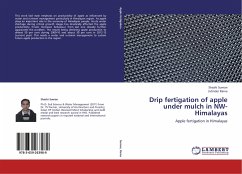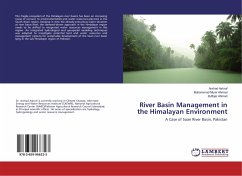Pipar is a flagship area for Himalayan pheasant conservation, supporting five Himalayan pheasant species. It lies on the western slope of Seti River Valley in the Annapurna Region of the Central Himalaya. The area was first recognized as an exceptionally rich one for pheasants in 1977 and has been the site for a long-term project by the World Pheasant Association since, being popularly known as the Pipar Pheasant Reserve . Ecological studies on pheasants began in the seventies and these were followed by other surveys on pheasants, avifaunal diversity and general ecology. This monograph provides a summary of plant species observed in the Pipar Bowl and effects of nomadic grazing in the area. Disturbances to the wildlife and their being killed by herdsmen and their dogs, undesired fires, deforestation and haphazard harvesting of medicinal plants are the major threats. The people living adjacent utilize the land of Pipar for livestock grazing and collecting fodder, fuel wood, timber, bamboo and medicinal plants. They consider that grazing in the area is their customary right.
Bitte wählen Sie Ihr Anliegen aus.
Rechnungen
Retourenschein anfordern
Bestellstatus
Storno








